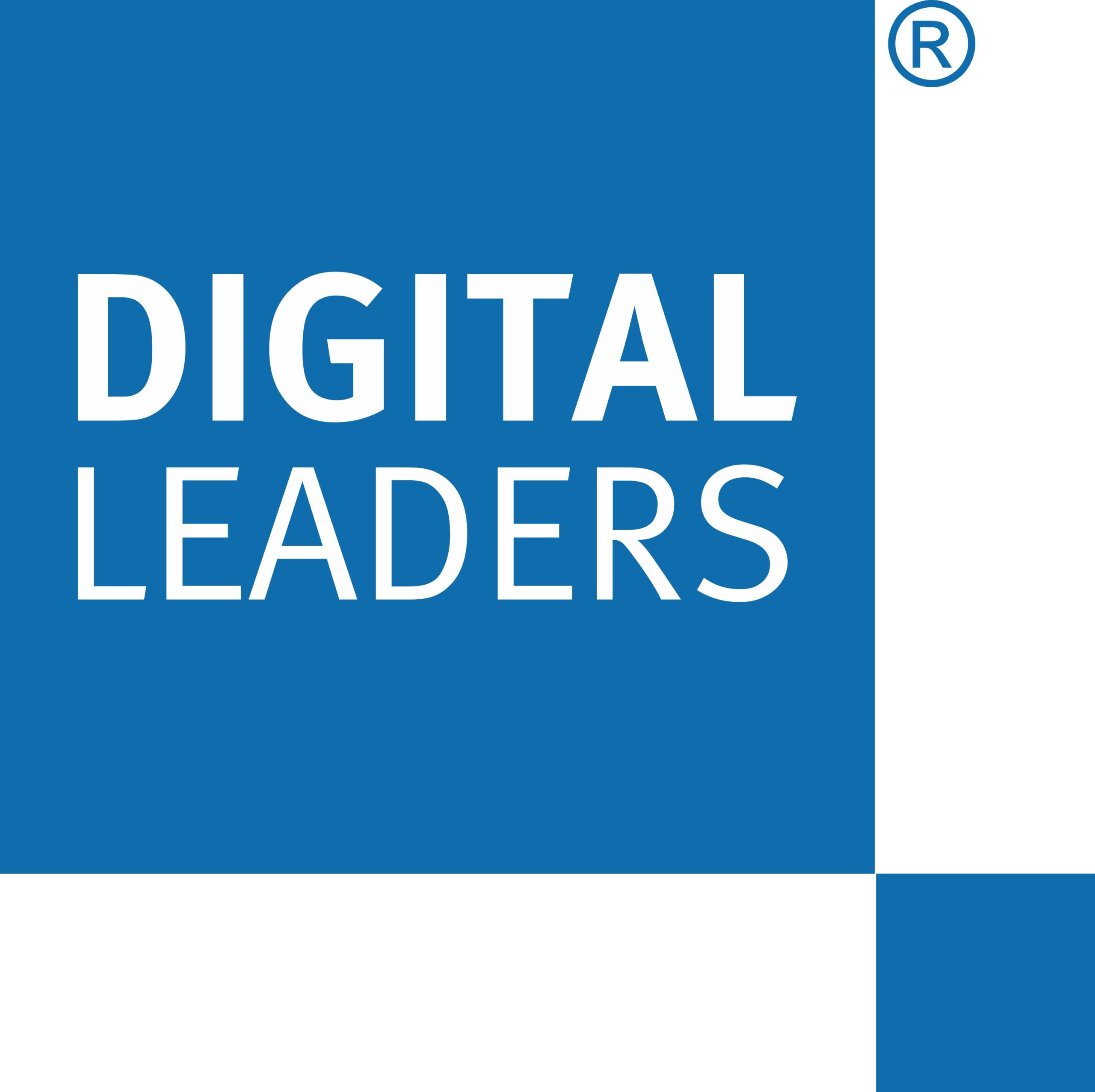About this event
Public services are on an innovation journey, with organisations and teams trying to find ways to apply a digital transformational strategy. The recent rise in inflation has meant a squeeze on the public purse, and over the coming months government departments will be under increasing pressure to do more with less.
The pandemic showed that we can rapidly mobilise and action public sector digital transformation when we must. But we need to think radically about how we automate processes, address legacy system issues and digital skills gaps, and innovate supply chains to increase flexibility.
In this talk at Digital Leaders Innovation Week, we’ll show how through digital transformation we can do more for less, drawing on typical life cycles for public facing services in areas such as health and criminal justice.
Date
Monday, 14 November 2022
Speakers
James Buckley
Head of Practice, Digital Transformation at Made Tech
For over 30 years he's helped the public sector unlock their digital potential and create impactful change. At Made Tech he helps public sector teams navigate complex transformation projects.
Thom Beckett
Lead Consultant at Made Tech
Thom is a transformation consultant at Made Tech, looking for opportunities to align government organisations with their digital future. Before joining Made Tech, he spent the best part of 20 years working in various UK Civil Service departments.
Tim Bardell
Chief Delivery & Transformation Officer at Made Tech
Tim has delivered technology change and led digital, IT and major transformation programmes as a consultant and in various senior industry roles for over 30 years. He has a passion for developing teams and working with people to bring about sustainable organisational change.






